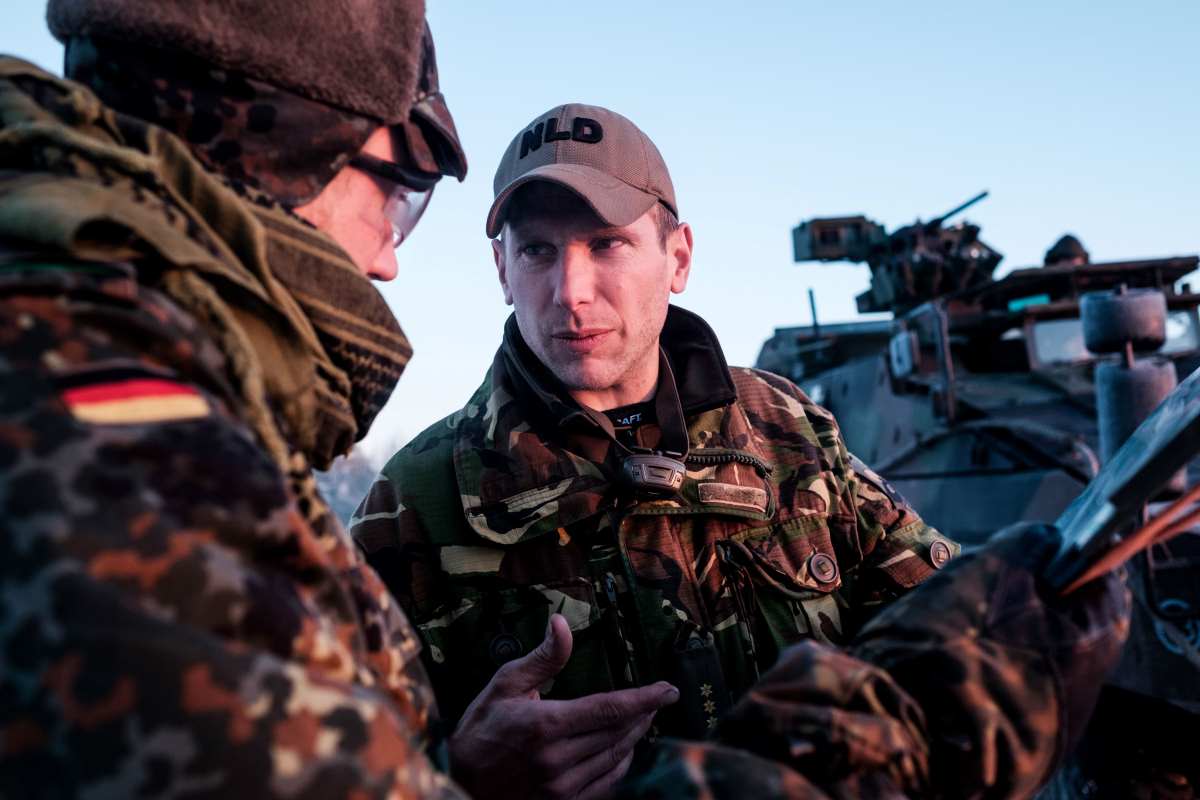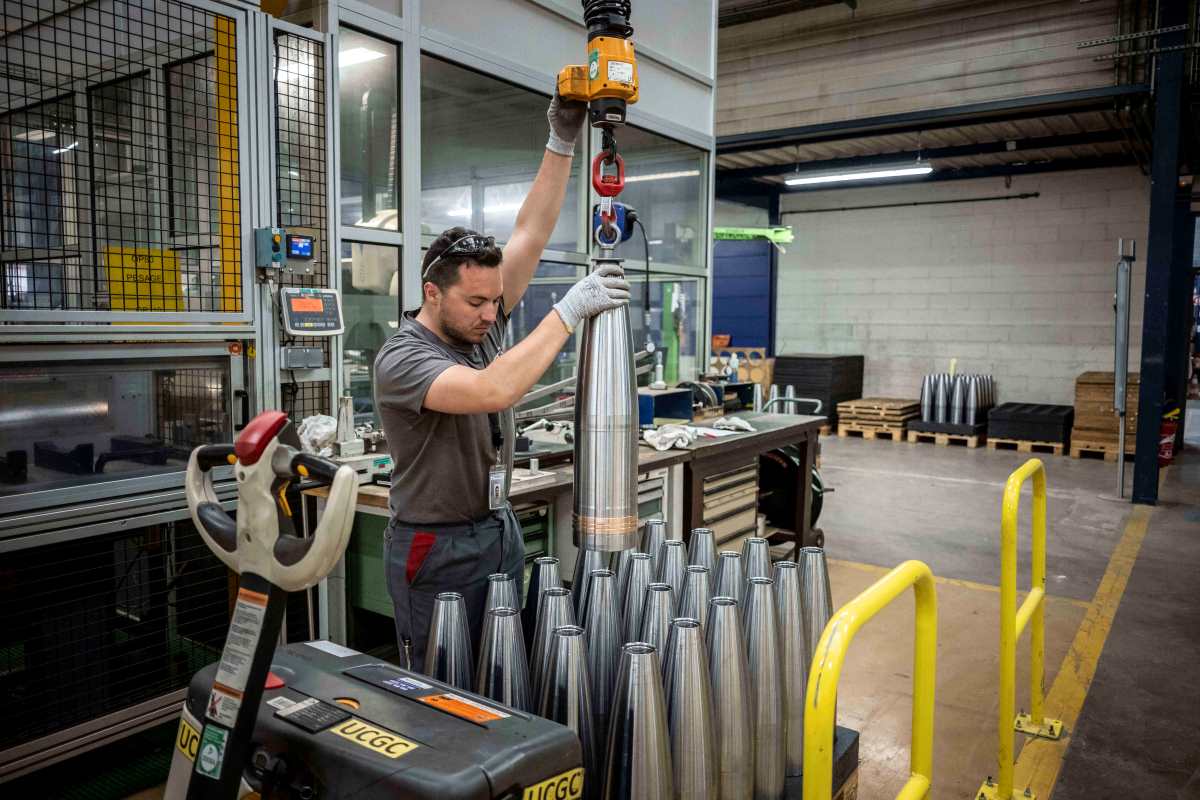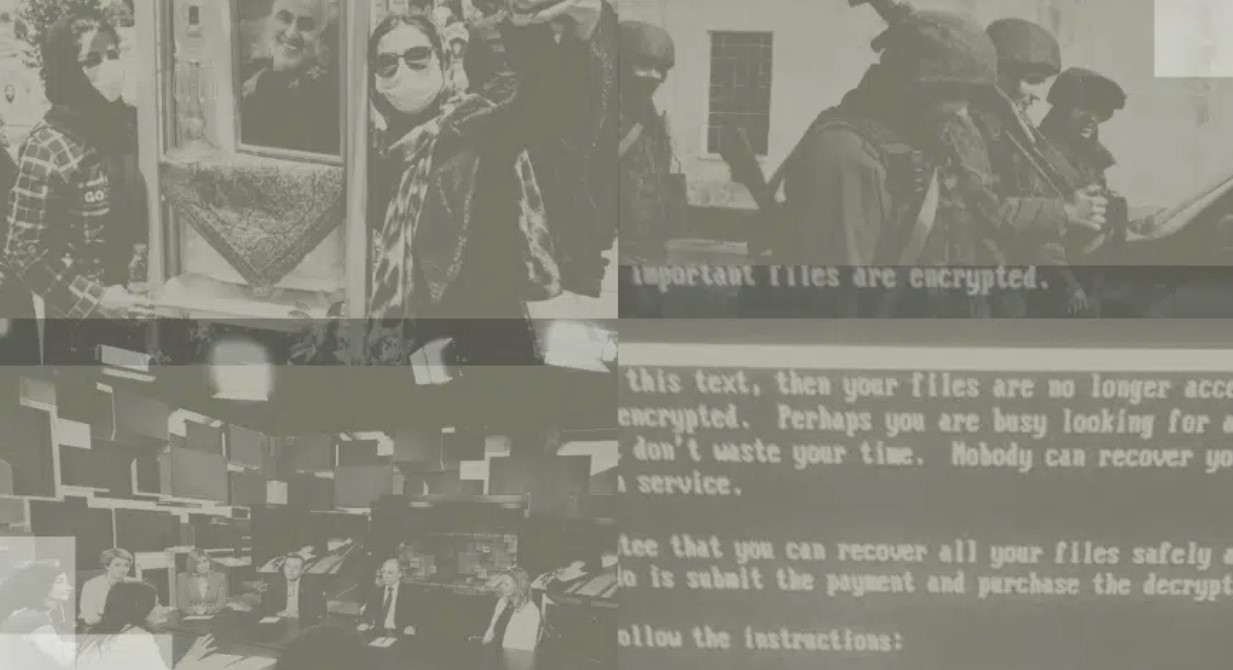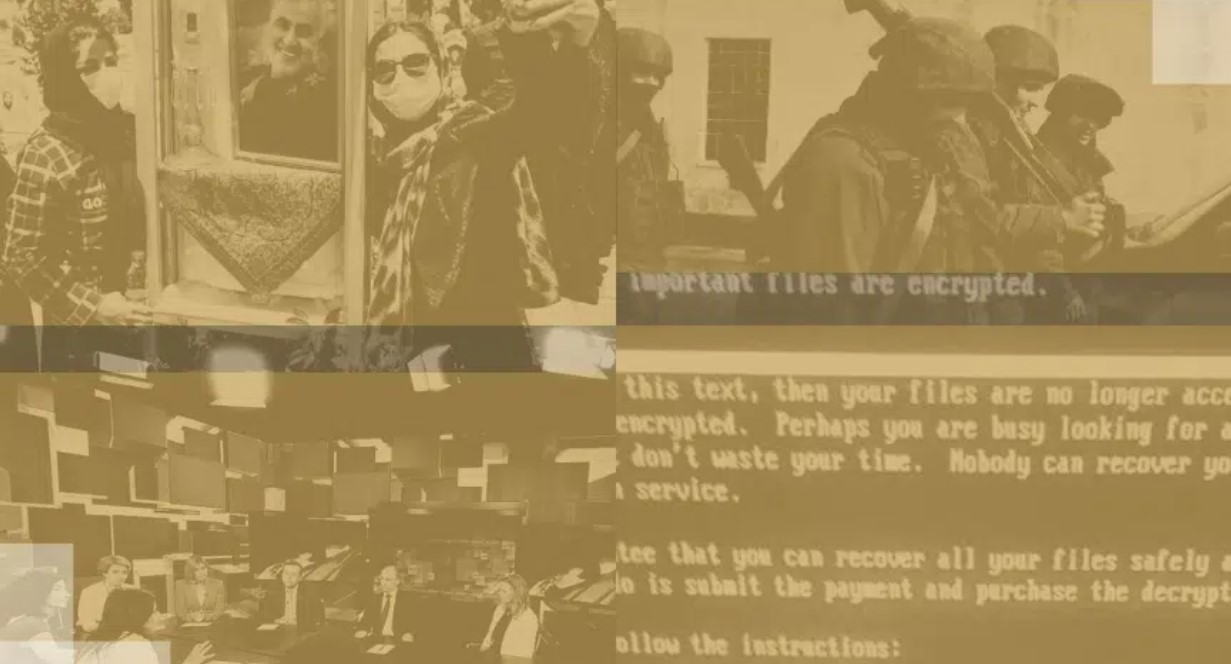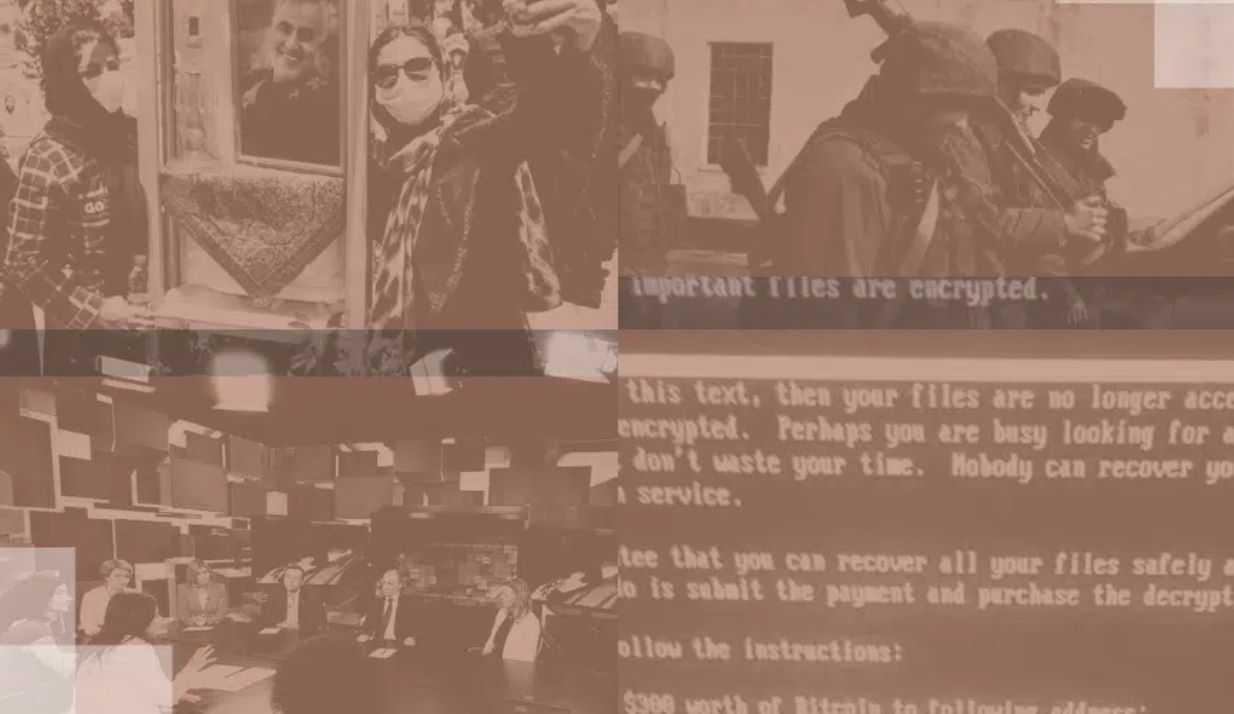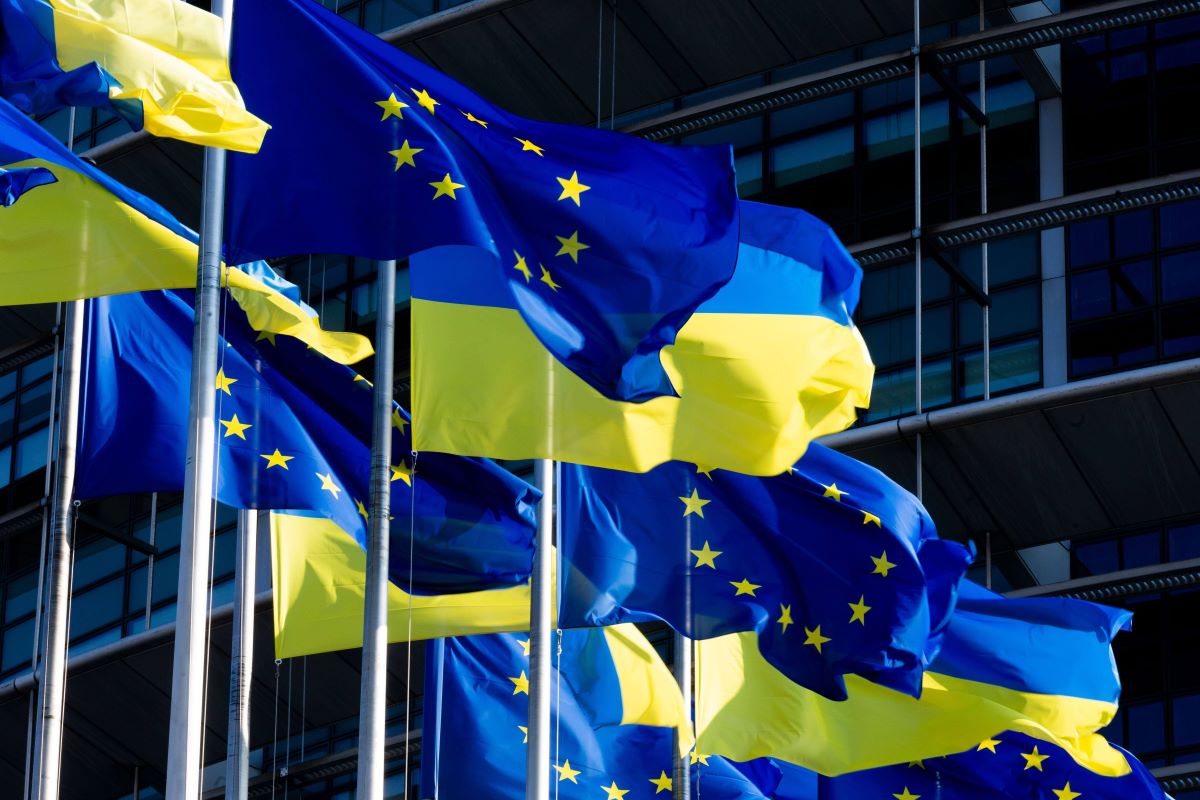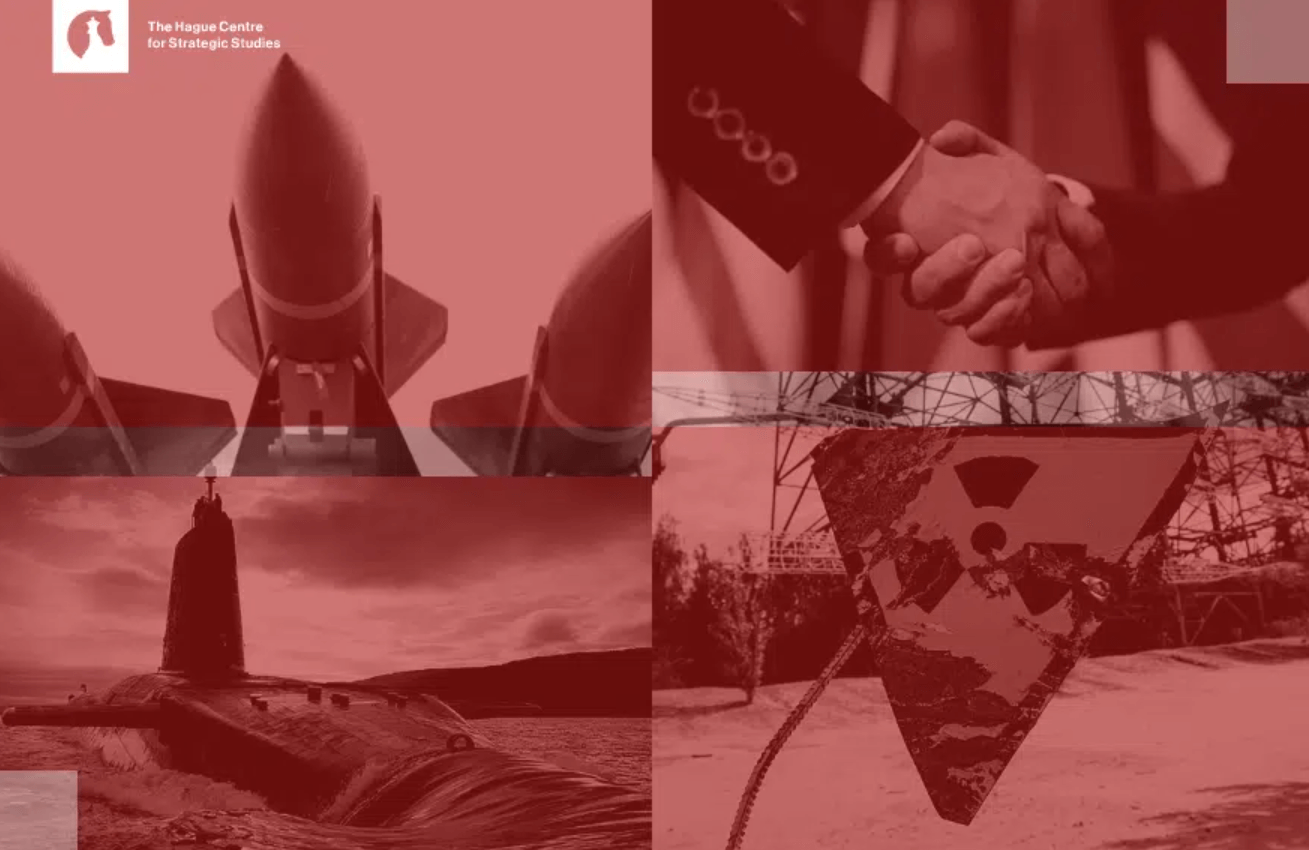Freedom isn’t Free
- Read more about Freedom isn’t Free
- Log in to post comments
Een kosten-baten analyse van de steun aan Oekraïne
Ruim tien jaar na de Russische annexatie van de Krim en twee jaar na de grootschalige invasie houdt Oekraïne nog steeds stand tegen Rusland. Dit is niet alleen vanwege de moed en inspanning van de Oekraïners zelf, maar ook dankzij de grootschalige militaire, economische en financiële steunpakketten van Europa en de VS. Voor 2024 reserveerde het kabinet tot dusver drie miljard euro voor militaire steun aan Oekraïne in de strijd tegen Russische agressie en zegde ook voor 2025 nog drie miljard toe. In navolging van het VK, Frankrijk en Duitsland, heeft Nederland een tienjarige overeenkomst over veiligheidssamenwerking met Oekraïne gesloten die de steun ook op lange termijn moet borgen. Ook het onlangs verschenen AIV-briefadvies en een recente Kamerbrief zetten in op aanhoudende steun.
Deze westerse steun is echter niet langer vanzelfsprekend of onomstreden. Met name in de VS maar ook in sommige Europese NAVO-landen begint de roep om de steun te staken langzaam meer weerklank te krijgen. Het Amerikaanse steunpakket van ruim zestig miljard dollar werd pas na maanden vertraging aangenomen door het Huis van Afgevaardigden. De discussie die daaraan voorafging maakte pijnlijk duidelijk dat toekomstige Amerikaanse steun niet vanzelfsprekend is. President Biden heeft inmiddels zijn retoriek heeft afgeschaald van “as long as it takes” naar “as long as we can”. Nieuwe toezeggingen voor nieuwe hulp aan Oekraïne stagneerden eind 2023 (met een terugval van bijna negentig procent) terwijl beloofde munitie-aantallen bij lange na niet gehaald werden. Een waarschuwing van de Franse president Macron dat een Westerse militaire interventie niet moet worden uitgesloten, kon op weinig bijval rekenen van zijn buitenlandse ambtsgenoten. Alhoewel het vraagstuk van Westerse ‘boots on the ground’ ook nader aandacht verdient, wordt het dientengevolge binnen deze notitie buiten beschouwing gelaten en wordt onder ‘steun’ zowel economische als materiële steun gerekend, maar zonder inzet van westerse troepen in Oekraïne.
Na Poetins recente ‘verkiezingsoverwinning’ escaleerde het Kremlin de oorlogsretoriek. Er wordt nu door regeringsfunctionarissen openlijk over ‘oorlog’ gesproken, terwijl men eerder voor dat woord in de gevangenis belandde. Dit past in de retoriek waarbij niet langer Oekraïne, maar de NAVO de agressor is. Daarnaast kondigde het ministerie van defensie de formatie van twee nieuwe combined arms legerkorpsen aan en versnelde het de werving van nieuw militair personeel. Onderhand begint de Russische oorlogsindustrie op stoom te komen en produceert het grote hoeveelheden munitie en materieel ten behoeve van de Russische oorlogsinspanning. De grootschalige import van onder andere artilleriemunitie uit Noord-Korea en drones uit Iran vult de Russische voorraden verder aan. De gevolgen op het slagveld zijn reeds merkbaar, zoals te zien was bij het verlies van de stad Avdiivka in februari. Intussen stijgt de druk op Oekraïense troepen aan het front. In een interview eind maart liet president Zelensky weten dat Oekraïne meer land zal moeten opgeven bij langer uitblijven van Westerse materiële steun.
Ook in Nederland is er debat over de voortzetting van de steun aan Oekraïne en de vorm waarin dat moet gebeuren. De vraag naar de kosten en baten van het al dan niet verlenen van politieke, economische en militaire steun door de Nederlandse overheid is in dit kader buitengewoon relevant. Dit is meer dan een simpele rekensom waarin de winst of het verlies in Euro’s wordt uitgedrukt. Het gaat immers ook om veiligheidsrisico’s en geopolitieke en morele kosten en baten die zich niet altijd in ééndimensionale cijfers laten uitdrukken. Het is daarom essentieel om een breder begrip van kosten en baten te hanteren, beredeneerd vanuit de Nederlandse nationale veiligheidsbelangen en de impact van internationale steun op de uitkomsten van het conflict. Hierbij is een belangrijke overweging in hoeverre steun voor Oekraïne bijdraagt aan een militaire overwinning, een militair verlies, of een protracted conflict.
Deze notitie doet een bijdrage aan het debat over de Nederlandse steun. De notitie:
- relateert de impact van Europese en Amerikaanse steun aan drie uitkomsten van de oorlog in Oekraïne: een Oekraïense overwinning op termijn, een protracted conflict of een Russische overwinning.
- analyseert de kosten en baten van het voortzetten dan wel staken van steun voor elk van deze drie scenario’s;
- identificeert de voorkeur-opties van Europa en VS voor het al dan niet voortzetten van de steun;
- concludeert met handelingsperspectieven voor de Nederlandse overheid.
Auteurs:
Tim Sweijs - Director of Research at The Hague Centre for Strategic Studies (HCSS) and a Senior Research Fellow at the Netherlands’ War Studies Research Centre of the Netherlands Defence Academy
Bob Deen - Senior Research Fellow, hoofd van de Security Unit van Clingendael en coördinator van het Clingendael Russia and Eastern Europe Centre
Roman de Baedts - Junior Research Fellow bij de Security Unit van Clingendael, voornamelijk werkzaam binnen het Security & Defence programma



